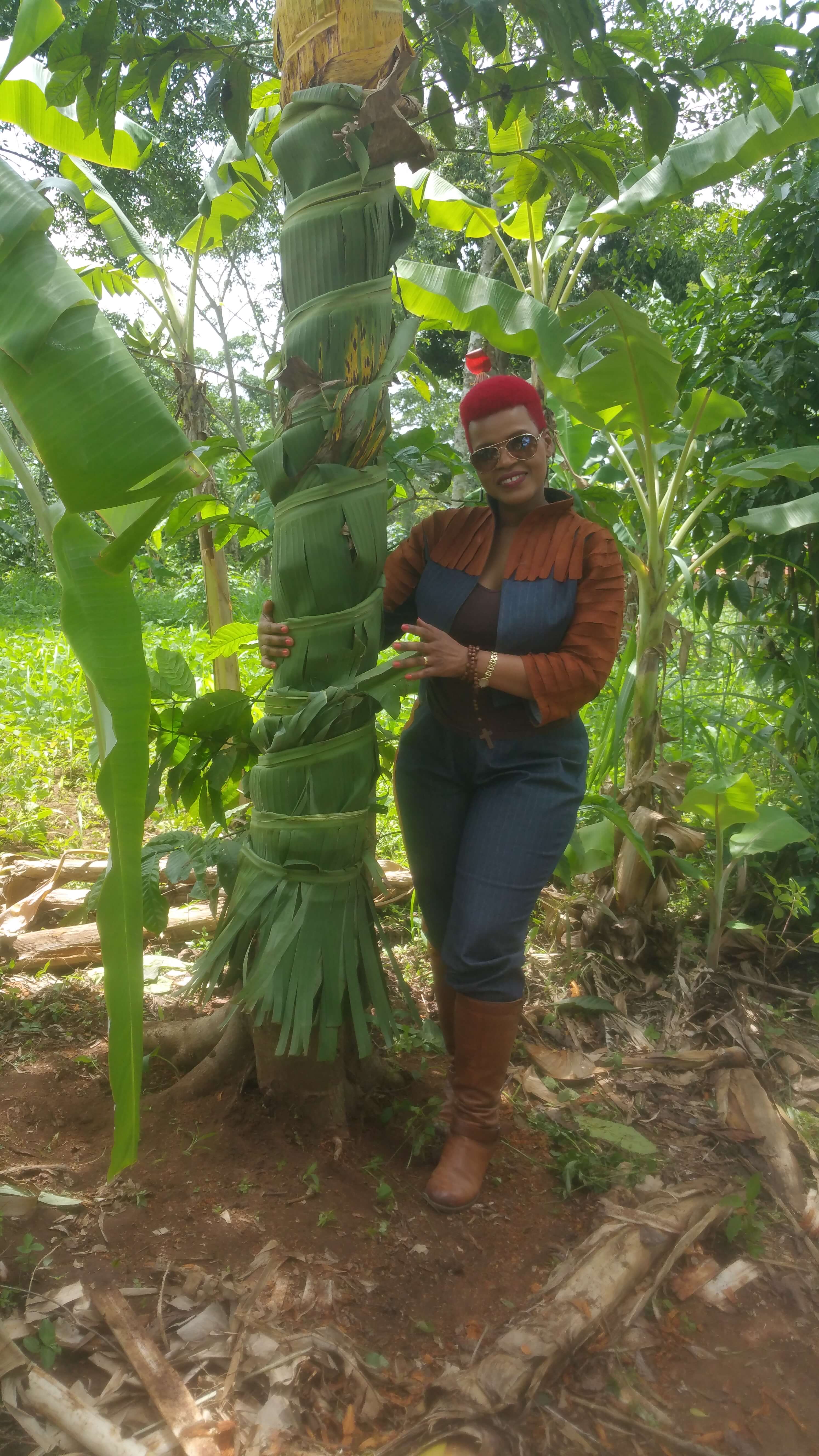The Beauty of Barkcloth
Background
It is from her country of origin and, having worked with it for more than 15 years, she still feels there is so much more that it has to give. It is a perfect ambassador for sustainability because its harvesting does not destroy the tree which can still be harvested for many years.
History
First Use Of Barkcloth.
The craft of barkcloth making is estimated to span back some 700 years; inventend during the reign of Kabaka Kimera. Lule Ssonko, an avid hunter inadvertently discovered the craft when he was looking for materials to make traps for his hunting. He came across the mutuba tree, from which he got the bark which he started beating and it kept stretching.
As a serious researcher, he started doing it with some care. The more he beat it, the more it stretched and developed into a reasonable size.
The Benefits Of Barkcloth Became Apparent.
News of this discovery reached the Kabaka, the king of Buganda, who then summoned Ssonko and encouraged him to continue with the research and make more for clothing his subjects. Barkcloth later on became a trade item between the neighboring Kingdoms; exchanged for salt, cows, hoes, etc. During this period the environment was greatly nurtured by the massive planting of mutuba trees in Buganda which led to economic prosperity.
Barkcloth Trade Deteriorated.
The demonization of barkcloth by Christianity and Islam and the introduction of other fabrics by Arab traders and colonialists caused the barkcloth trade to deteriorate, and so production was reduced. The mutuba trees continued to serve the agro-purpose and some barkcloth was produced for particular Buganda cultural rituals
Barkcloth Receives Recognition.
UNESCO named Ugandan barkcloth a masterpiece of oral and intangible heritage of humanity; hence sparking new conversation about its place in both contemporary Ugandan culture and the global research, design and manufacturing market. By buying and using barkcloth you are nurturing the global environment. The mutuba tree is renewable and lasts for over 100 years.
In 2005 Barkcloth was proclaimed a ‘Masterpiece of Intangible Cultural Heritage’ and in 2008 it was eventually inscribed on the Representative List.
Barkcloth Is The Material Of Choice.
José Hendo tries to be innovative with the way she works with barkcloth from season to season by including it in all her collections and keeping up the momentum for barkcloth to work alongside conventional materials.
The Importance Of The Mutuba Tree To The Ecosystem And The Community

The fodder is used for animals feed
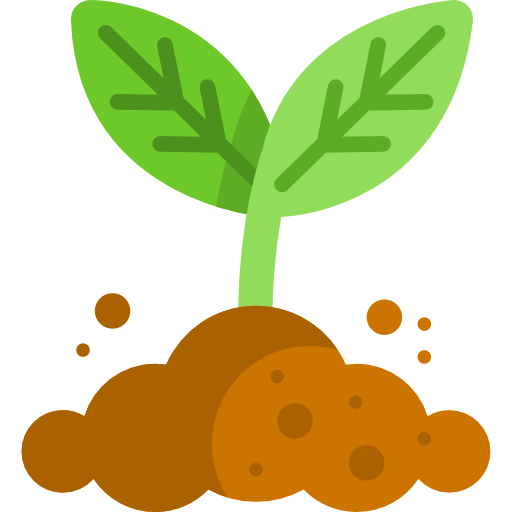
Soil enrichment

Counteracts Climate change

Windbreak
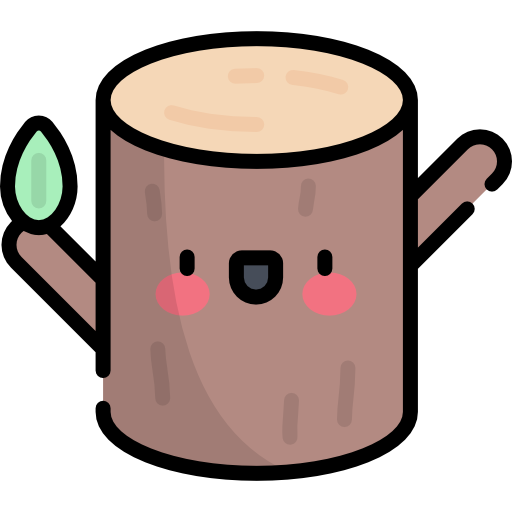
Firewood

Making barkcloth
Barkcloth To The Roots (B2TR)
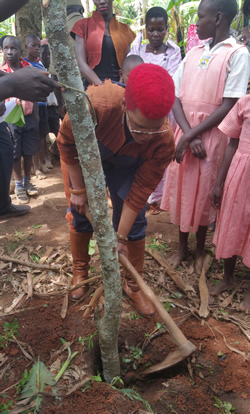
Barkcloth To The Roots. (B2TR)

Collections
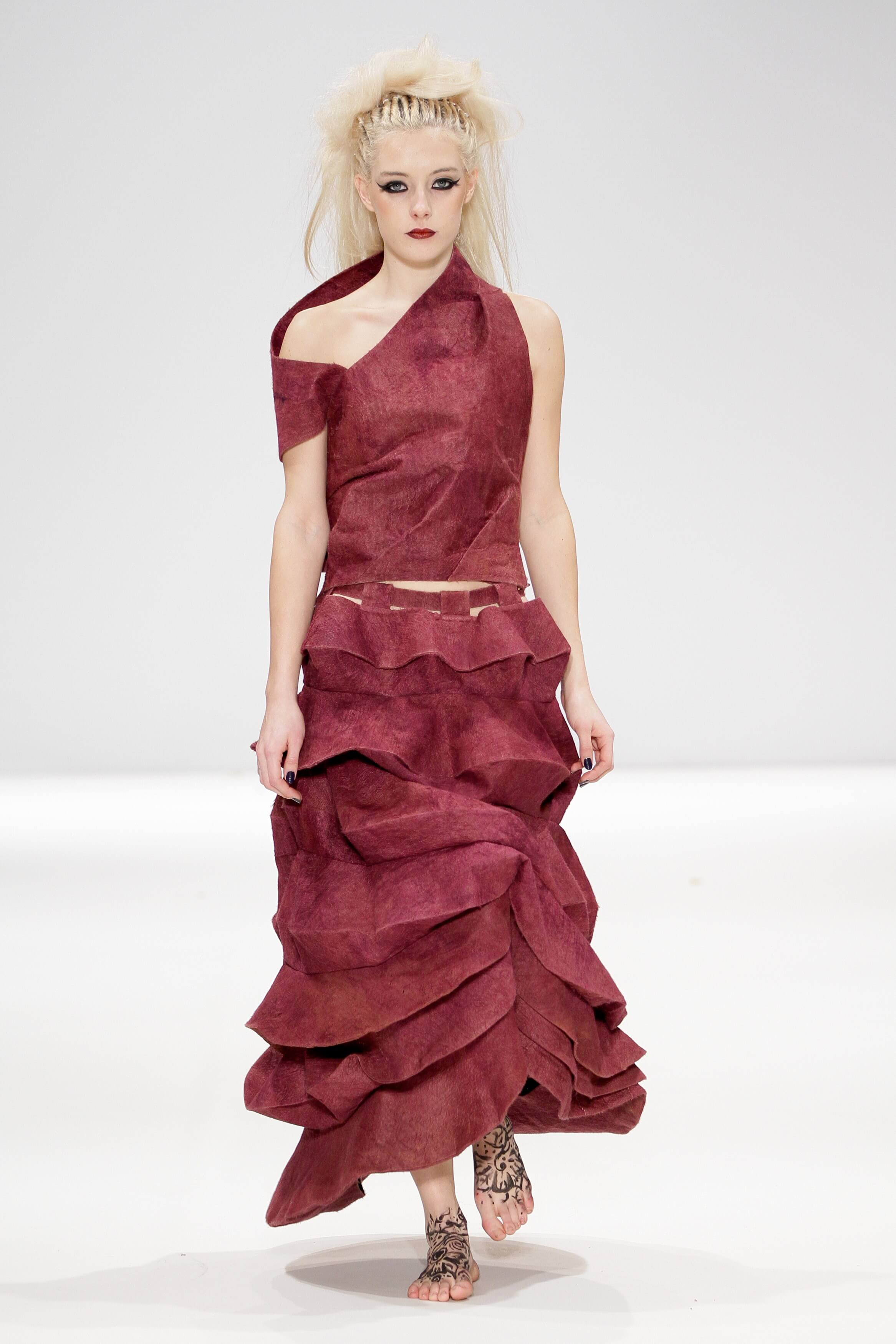
Resonance
With the Resonance collection, colouring it with organic dyes was the first step in the creative challenge of making Barkcloth work as a mainstream fabric. Break the rules, break out of convention.
Barkcloth is perfect for creating wearable art – timelessness
About
‘José Hendo’ takes a fresh approach to contemporary fashion design, challenging the obsolescence nature of fashion, and the throw away culture. The label is passionately conscious of the times and is inspired by the world around us. It uses eco-friendly fabrics as much as possible, creating unique one-off pieces…


Contact
José Original Ltd
Unit 4-5 Chapel Place London
N17 8DR
London Head Office
+44 7967 585 412
info@josehendo.com
Press Enquiries
press@josehendo.com
Bark To The Roots
http://www.barktotheroots.org
barktotheroots41@gmail.com

